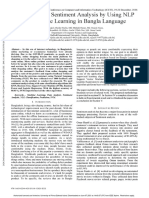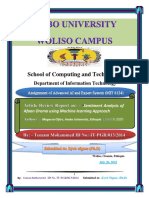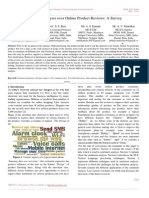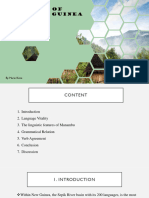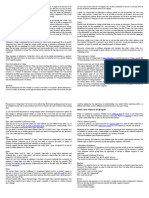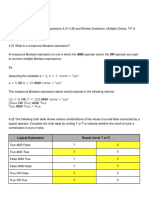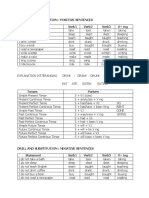0% found this document useful (0 votes)
13 views13 pagesConcept Sentiment Analysis
The thesis by Mohamed Abdiwahab focuses on sentiment analysis of Somali-language customer feedback for fintech services at Dahabshil Bank, utilizing advanced machine learning techniques. It aims to develop a model that can accurately classify sentiments and provide actionable insights to improve customer satisfaction and service quality. The research addresses the challenges of analyzing Somali-language feedback due to limited NLP resources and seeks to contribute to the understanding of fintech innovations in Somaliland.
Uploaded by
Mohamed RomanceCopyright
© © All Rights Reserved
We take content rights seriously. If you suspect this is your content, claim it here.
Available Formats
Download as DOCX, PDF, TXT or read online on Scribd
0% found this document useful (0 votes)
13 views13 pagesConcept Sentiment Analysis
The thesis by Mohamed Abdiwahab focuses on sentiment analysis of Somali-language customer feedback for fintech services at Dahabshil Bank, utilizing advanced machine learning techniques. It aims to develop a model that can accurately classify sentiments and provide actionable insights to improve customer satisfaction and service quality. The research addresses the challenges of analyzing Somali-language feedback due to limited NLP resources and seeks to contribute to the understanding of fintech innovations in Somaliland.
Uploaded by
Mohamed RomanceCopyright
© © All Rights Reserved
We take content rights seriously. If you suspect this is your content, claim it here.
Available Formats
Download as DOCX, PDF, TXT or read online on Scribd
/ 13













